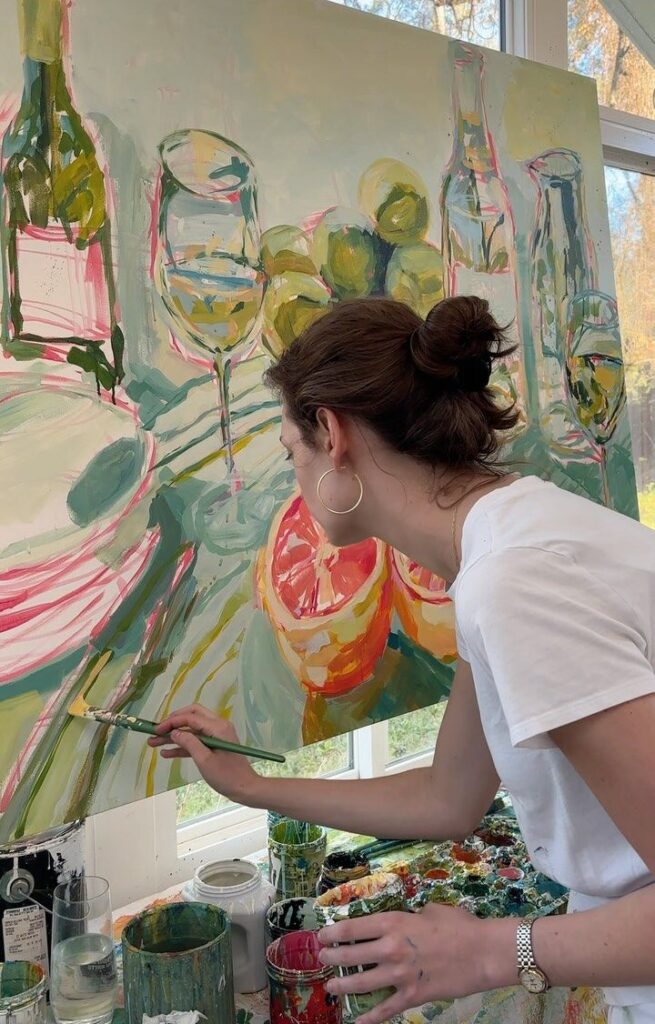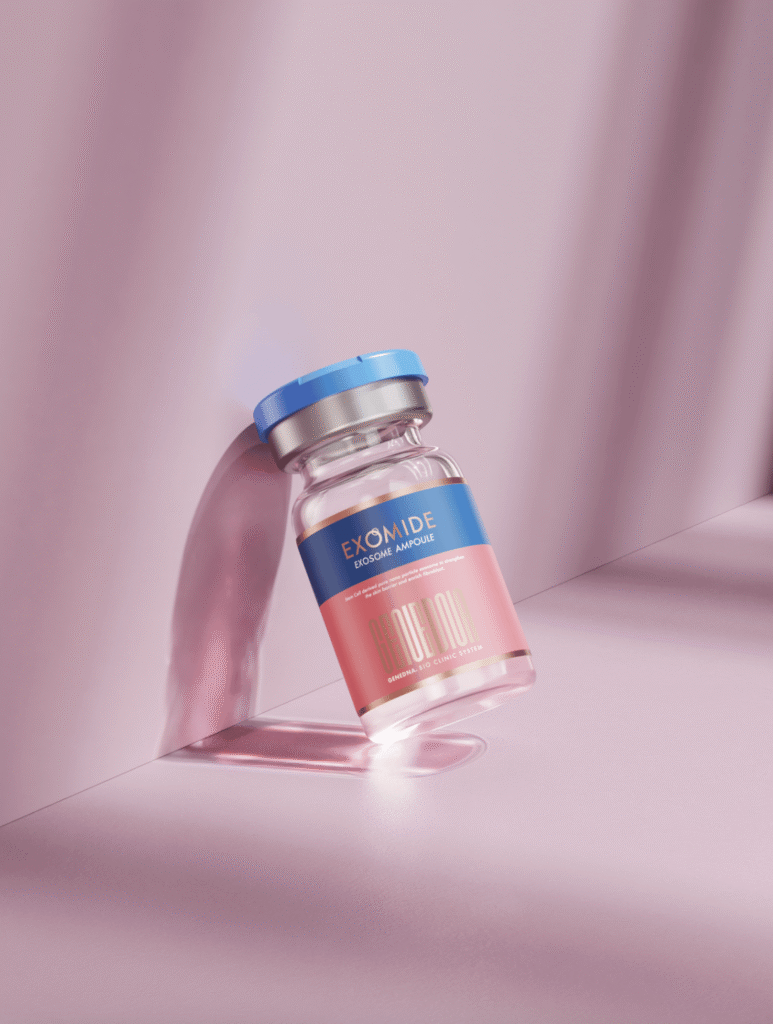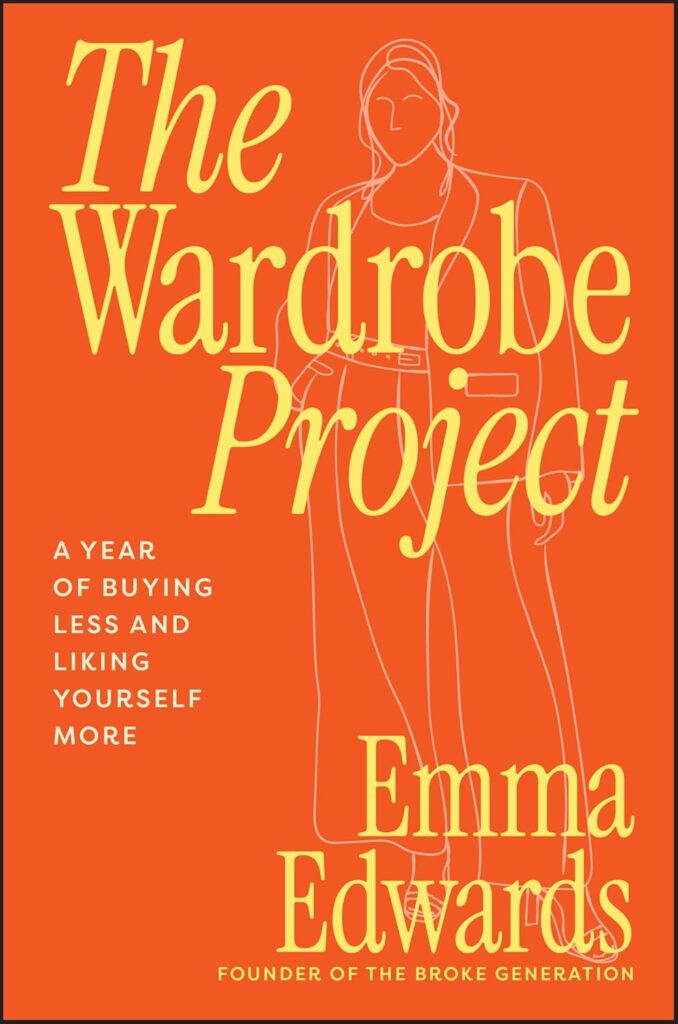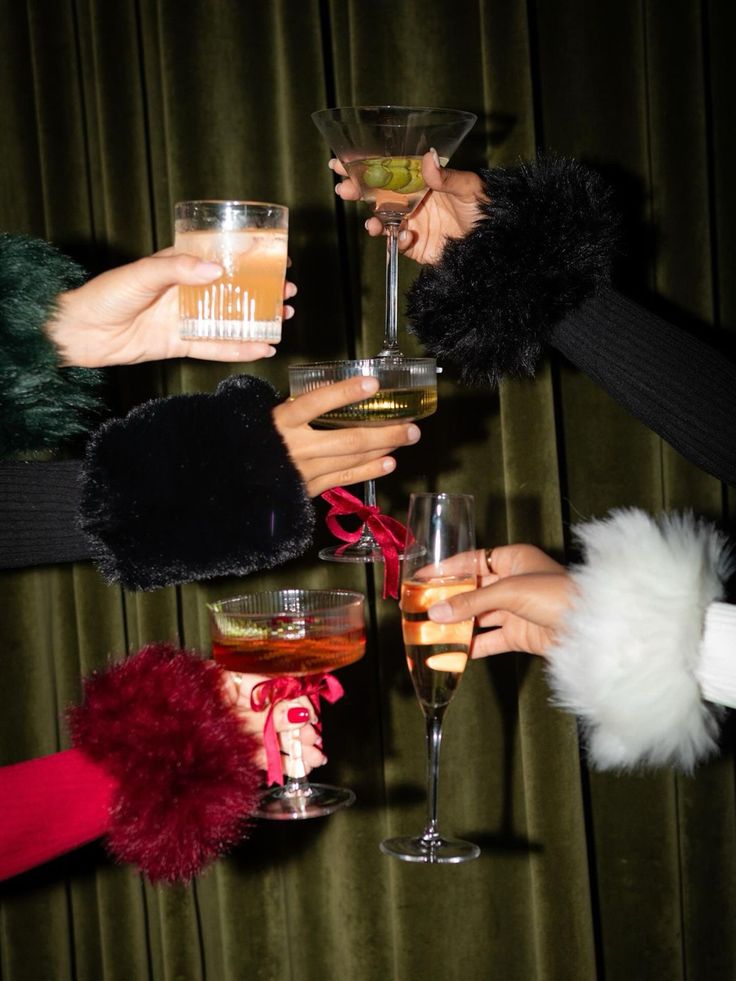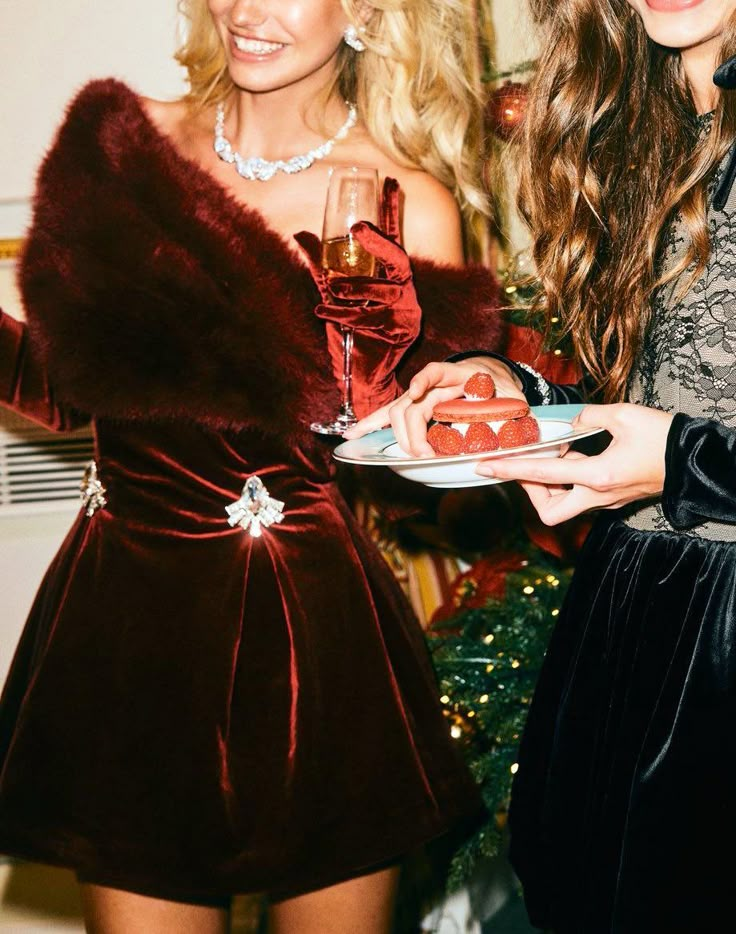Arts and crafts are nothing new and most of us were introduced to the activity as early as kindergarten, before moving onto more complex constructions in our later years. The thrill of a three-year-old pasting dried pasta onto cardboard before being spray painted will never cease to amaze my adult self. This piece of art has long since been discarded, but the genuine thrill remains. Even in our later years, arts and crafts have made it into the mainstream.
Melbourne’s Pinot and Picasso has become a popular metropolitan activity, with groups gathering around canvasses while sipping on a glass of wine. Their website states that painting alleviates anxiety, depression and stress, while also boosting confidence and resilience. Pinot and Picasso encourages you to embrace artistic imperfections and make mistakes without worrying about them. “Our customers need to feel empowered to slap paint onto a canvas,” it says on their website, “to tap into a creative side that they could have suppressed since their school days.”

Image Credit: Pinot and Picasso
It sounds pretty good to me, so can somebody please pass me a paintbrush?
The crafting doesn’t stop there, either. The resurgence of pottery, ceramics, knitting and crocheting have catapulted in recent years, with young people taking on these crafts as hobbies. While these mediums were once considered a necessity, they are now enjoyed as a pastime. Adult colouring books gained commercial popularity in 2015, with sales skyrocketing and millennials reaching for their coloured pencils. You can even join up with other adults who like to colour, with meetup groups boasting over 23,000 members.
@justemslife Cosy Colouring ASMR 🐰🧸 I’m using the Ohuhu 104 alcohol markers set (brush and fine tip) and if you want 10% off you can use the link in my bio to make your order ☺️ Also using the fuzzy hygge book (on my tiktok showcase!) Hope you enjoy and follow for more cosy hobbies 💖 #colouring #colouringbook #colouringtutorial #coloring #colorings #coloringbookforadults #coloringbook #colorwithme #colourwithme #fuzzyhygge #cocowyo #ohuhu #ohuhumarkers #coloringtutorial #cozyathome
♬ Hide CS01 (Ambient Rework) – Eleftherios & GLO
Are these activities a nostalgic throwback or is it something more?
Art is more than just a form of expression. Humans have historically evolved through oral narratives, storytelling, song, dance and visual art as a means of teaching. Art is inherently ingrained in all humans, whether it is actively or passively.
Creativity is even being used in modern medicine, where Art Therapists are revolutionising mental health care.
“Art therapy is a psychotherapy that uses art as a tool for clients to achieve better mental health,” says Xiang Li, a Melbourne based artist and Clinical Art Therapist. “Art therapy also incorporates psychotherapy theories.”
“The difference lies in the introduction of art-marking as a therapeutic tool during this process,” Li explains. “Art therapy involves more sensory-based practices and non-verbal ways to process and express a person’s feelings.”

“I created this work, Burnout (2021), to express how I feel when I spread myself too thin and burn out.” – Xiang Li
It is different from conventional therapy too, which can be very daunting for people who aren’t comfortable talking about difficult experiences. A laid-back creative environment can be very encouraging for people who want the benefits of therapy without the intensity of formalised one on one sessions.
“Clients often feel they are creating art rather than engaging in a serious conversation,” says Li. “This relaxed atmosphere helps them have a more positive experience with the therapy, which can reduce resistance and discomfort during their recovery journey.”
“Art therapy is often softer than traditional talk therapy,” says Li.
Art aims to stimulate many different components of ourselves. This can trigger physical, psychological, social and behavioural changes which are closely linked to improved health and wellbeing. Engaging with art was shown to prevent and cure multiple health conditions. Playing a musical instrument and dancing were associated with a lower risk of developing dementia in your senior years.
You don’t need to create art to feel the health benefits, either. Observing art is just as beneficial.
“Evidence has shown that engaging in both viewing and making art can have significant health outcomes like decreasing cortisol (the stress hormone) and raising serotonin (the happy hormone)” says Alana Sawrey, Clinical Art Therapist. “It can also be useful in changing mental states.”
This evidence is further reinforced by Dr Katie Kjelsaas, Clinical Psychologist, who has observed the positive effects of art therapy in her own work. “I also see that art can provide a powerful roadway both in and out of a person’s inner world, supporting them to both explore and express emotional experiences,” says Dr Kjelsaas.
Engaging with art can improve your wellbeing by encouraging mindfulness, reducing stress, decreasing symptoms of anxiety, improving mood and boosting self-esteem. Visually digesting art and engaging in processes which require concentration and promote active mindfulness leads to heightened resilience and improved wellbeing.
It is also interesting to observe that as our world becomes busier and consumerism soars, we are opting to slow down and create pieces of art. Taking the time to colour in a picture, or mould clay with our hands is a small accomplishment in an otherwise fast paced society.
Even the act of observing art is an experience requiring all the senses, thrusting you into the present moment and encouraging you to be fully present.
“Viewing a painting that depicts powerful emotions can help remind us we are not alone in our own emotional experiences,” says Sawrey.
One study showed increased cognitive activity as indicated by brain MRI scans when people perceived a visual object as beautiful. More generally, art creates positive neuroplastic changes in multiple circuits within the brain.
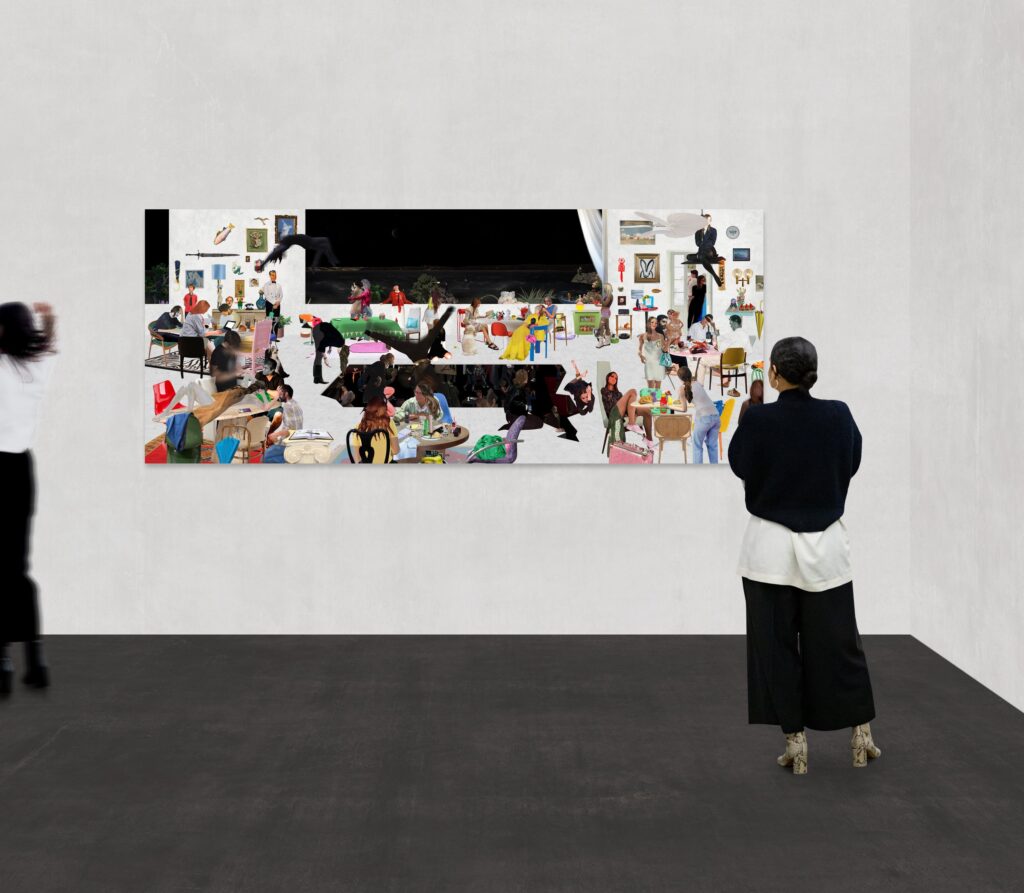
AUGURY: A catalogue of what was, is and (perhaps) will be by visual artist Sanda Anderlon
“Art for me is like breathing in – it inspires or informs me,” says Dr Kjelsaas, “making art is like breathing out – it’s a way for me to explore, organise and express my own inner experience. While they are different, both breathing in and breathing out are life-enhancing experiences.”
By observing, interacting or creating art we integrate our senses, which then affects how we behave and interact with the world. It is a form of method learning. It requires a complex interaction of multiple neural pathways.
Another study showed that when a group of military service members engaged in art therapy following traumatic events, they experienced cognitive alterations. Brain imaging showed changes in regions associated with attention, memory, pain centres and language. This research shows significant promise for the treatment of Post-Traumatic Stress Disorder.
It doesn’t take long to feel the effects either. Research shows that at least two hours a week of creative expression can have a significant impact on wellbeing. This may seem like a lot but it’s roughly two episodes of The White Lotus.
Sawrey recommends doing something small each day that is mindful, relaxing and lowers cortisol and, “spending even 10 minutes a day mindfully drawing would help manage stress.” Or you could do a 5-minute pencil sketch in between meetings like Dr Kjelsaas.
@liveartsyvibes Try this satisfying drawing! Thankyou to the amazing liveartsyvibes fam and the fabulous community members we have here who joined me for a 3 hour live drawing! I hope you enjoyed the shenanigans, art-talk, new connections with our artsy community AND fun times, AS USUAL!!! #drawingideas #opart #doodle #patterndrawing #lineart #geometricart #mandala #drawingtutorial #doodledrawing #doodleart #easydrawing
♬ Pieces (Solo Piano Version) – Danilo Stankovic
While starting a new creative venture can seem terrifying when it is outside of your comfort zone, the best thing you can do is begin. You don’t need to be a successful artist to reap the benefits of creativity.
Sawrey says the most important thing is to, “forget all the rules and formal techniques and let yourself just start tinkering in your style and see what happens!”
“Yes! Start simply,” Dr Kjelsaas agrees. “Come to the art-making process with compassionate curiosity and focus more on the process. Last year Alana and I collaborated on a workshop for therapists. Many of the therapists were fearful about our lack of creativity.”
Dr Kjelsaas says the goal of the workshop was to, “move through this fear with curiosity and self-compassion to access and express our own creativity.”
For those who feel they lack any kind of creativity, there are step-by-step kits available to get you started.
Stitched Up Kits offer embroidery bundles with pre-printed patterns and clear instructions to complete your own piece of art. Cardigang, an Australian female born craft brand created their business because they believe, “life is too short for boring hobbies.” Their range includes complete beginner kits, where you can knit your own beanie or cardigan, progressing in difficulty. The best part? By the end of it, you will have knit yourself a new piece of clothing. If you prefer something more robust, you could try Crockd, an Australian pottery brand who creates DIY at home bundles to craft your own homewares.
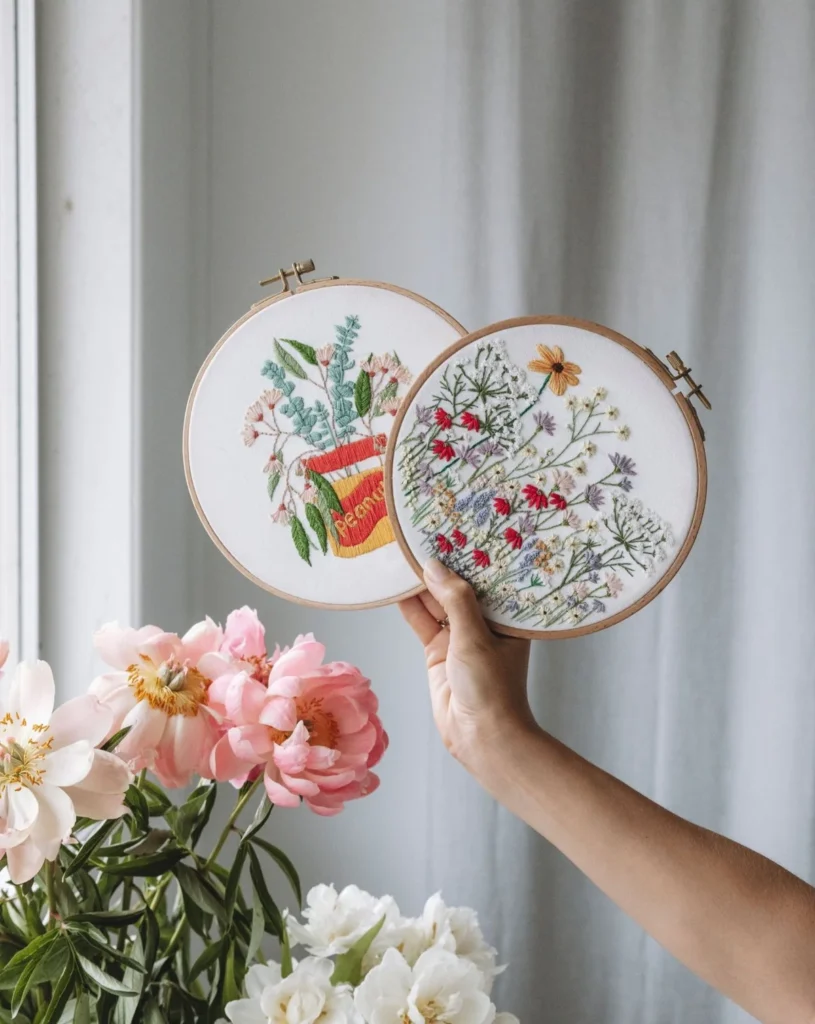

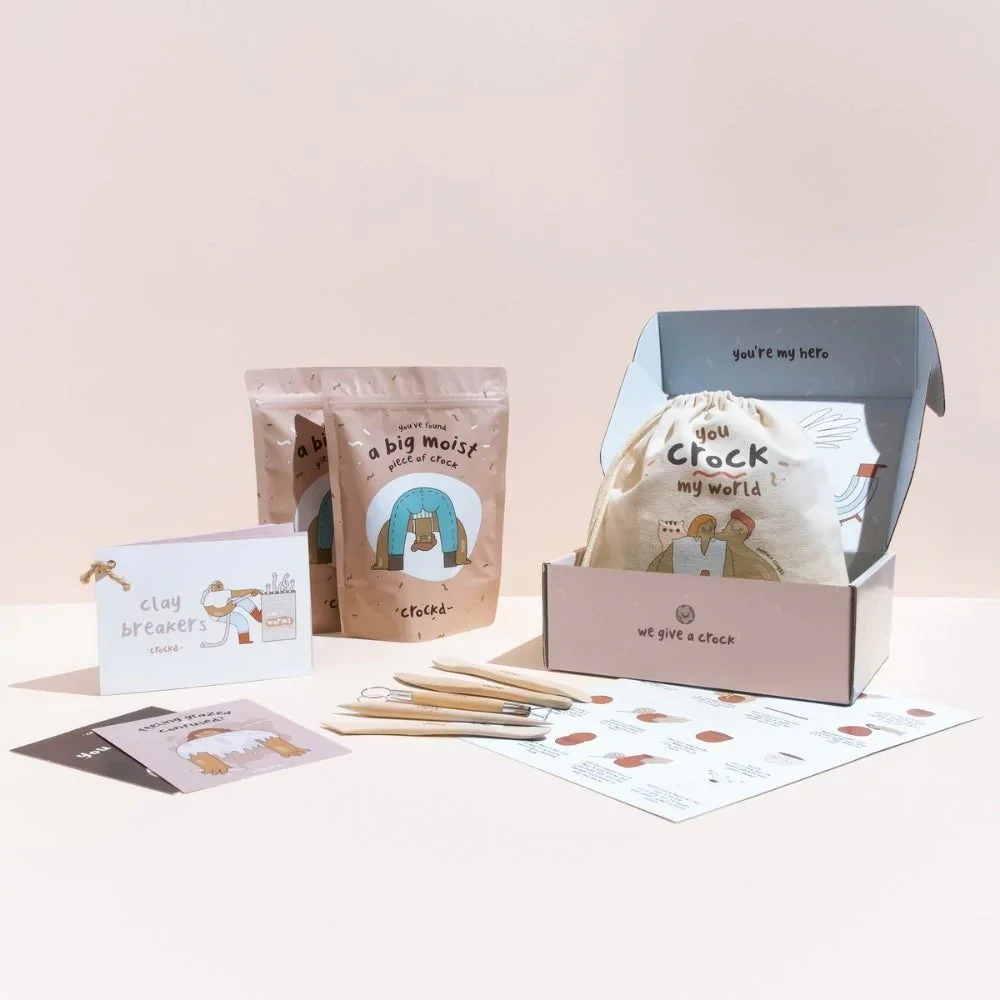
Dr Kjelsaas says this is more than enough to feel the therapeutic effects of artistic expression and encourages readers to, “dip their toes in a low-pressure environment focussed on process, rather than outcome.”
The options are truly endless and good mental health has never looked so cute.
Read more of our Health & Wellness articles here.
Banner Image Credit: Maddie Grace Art

